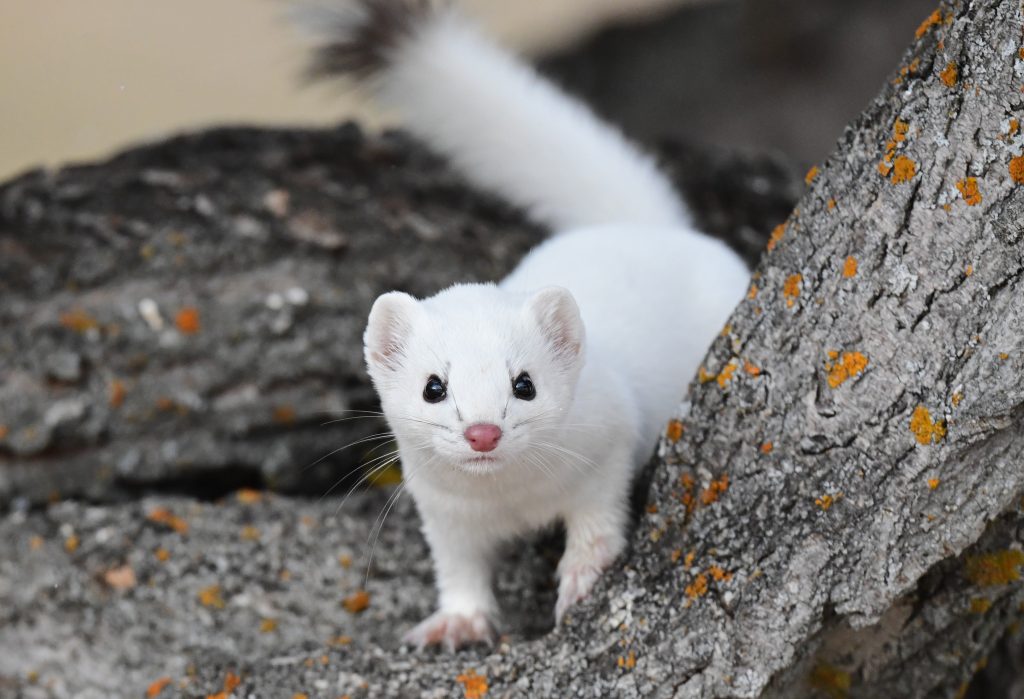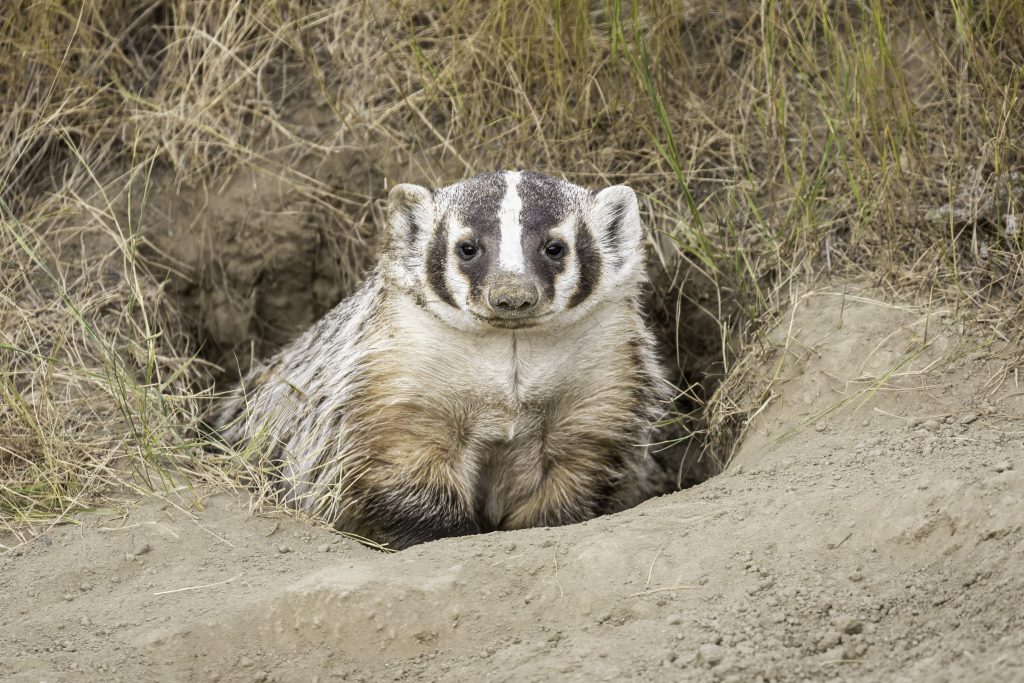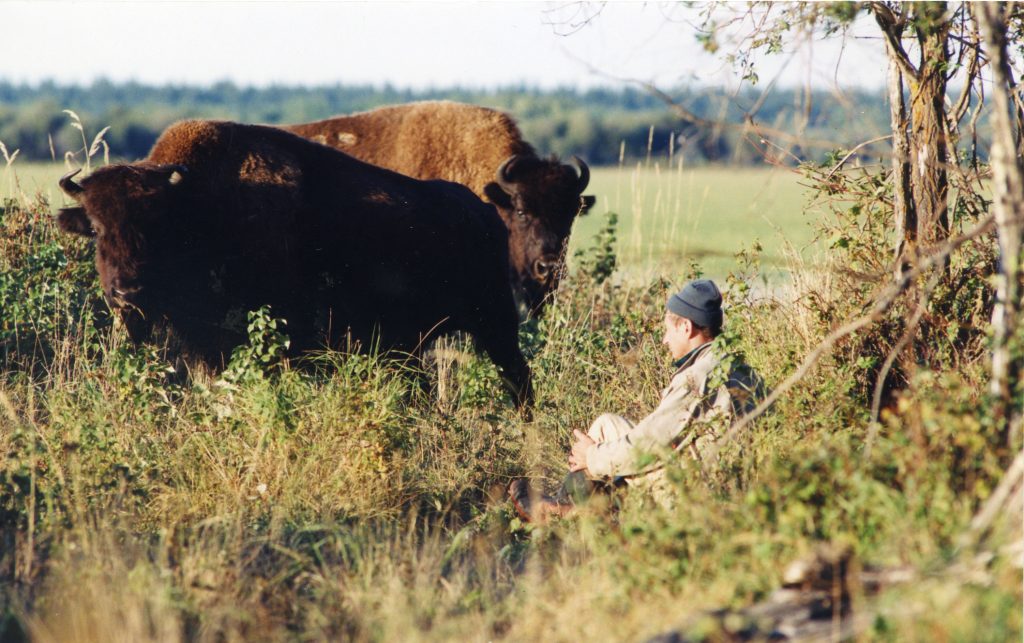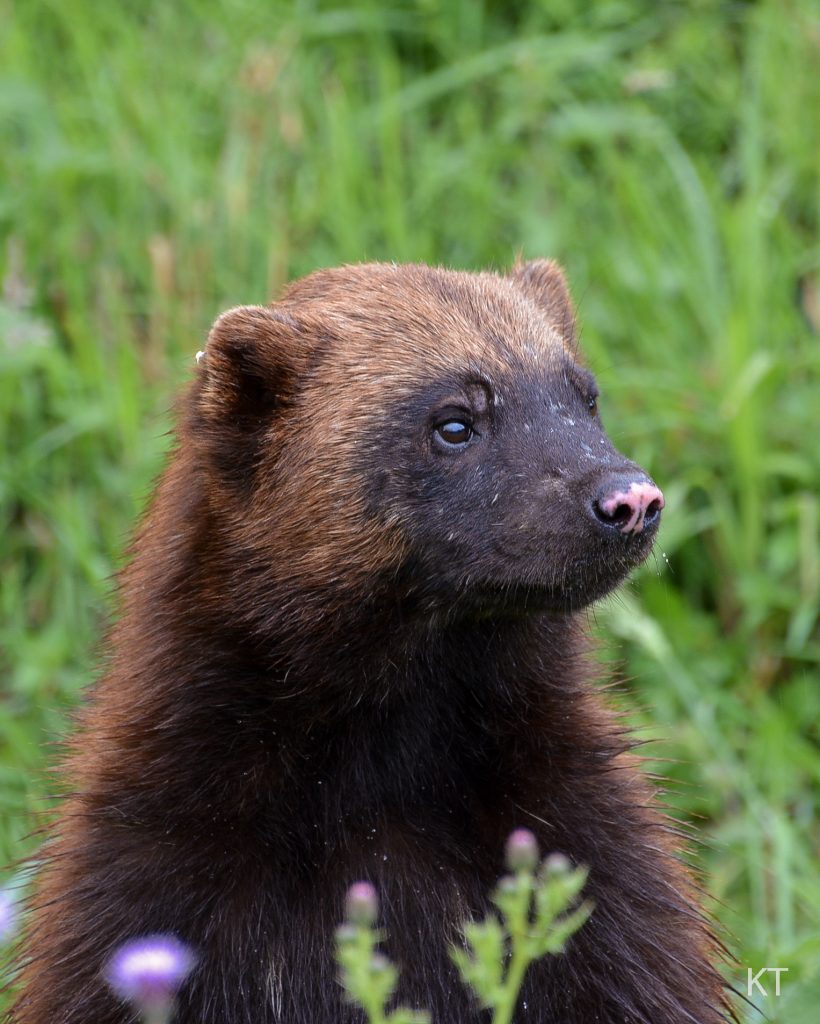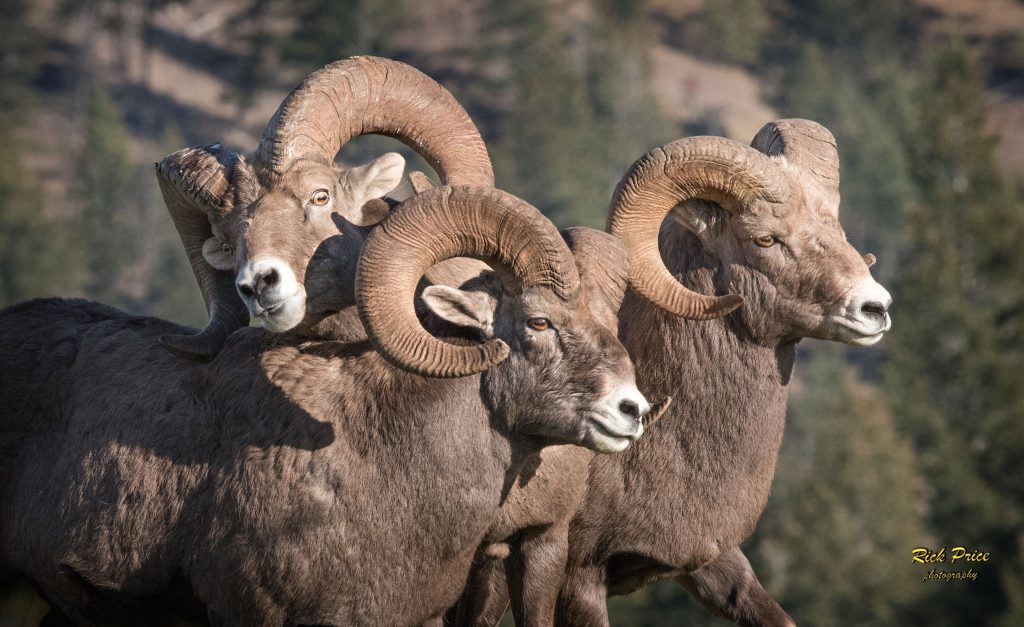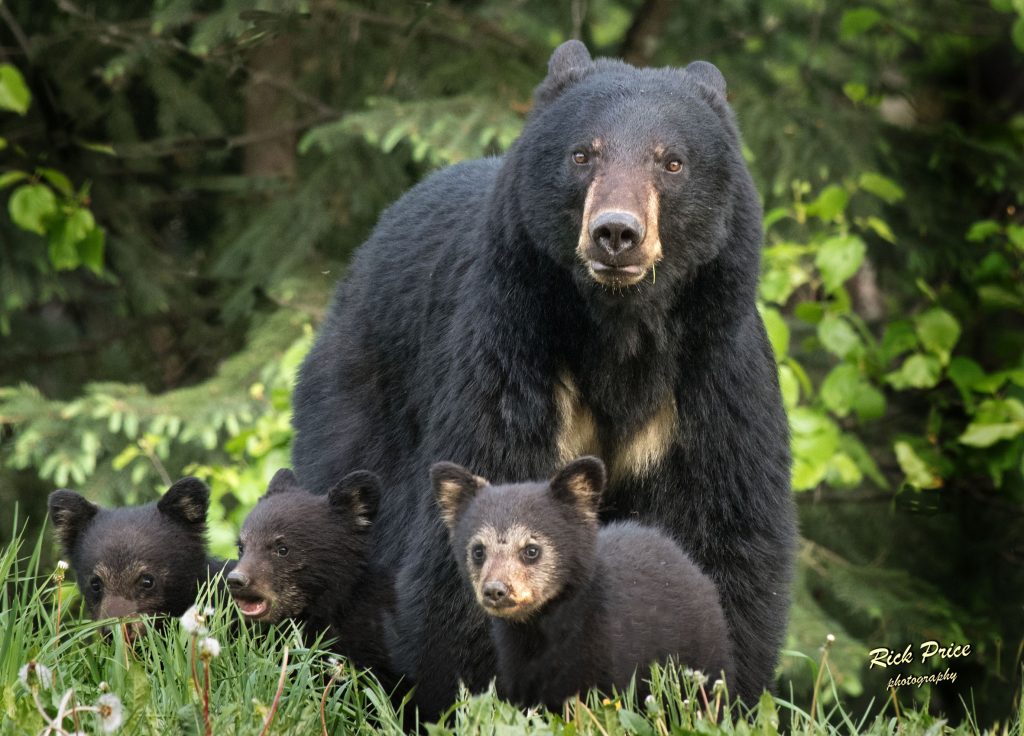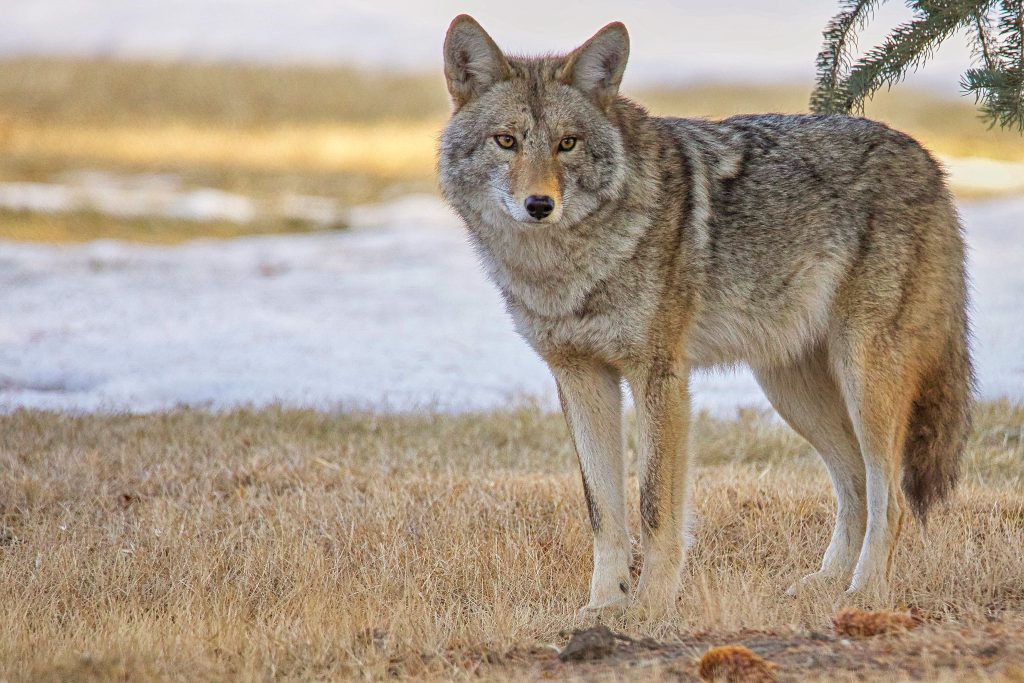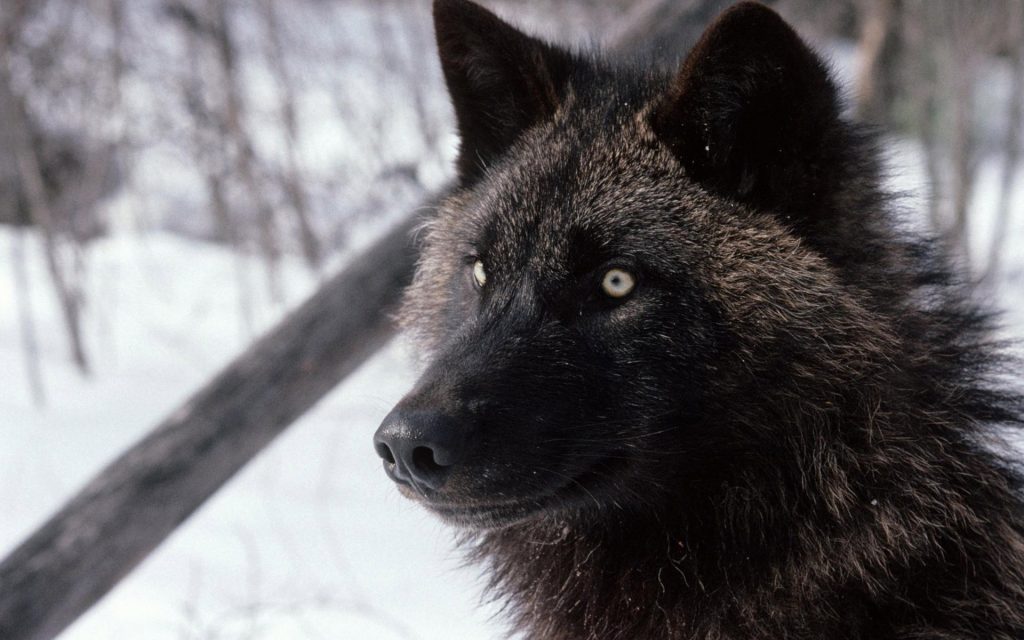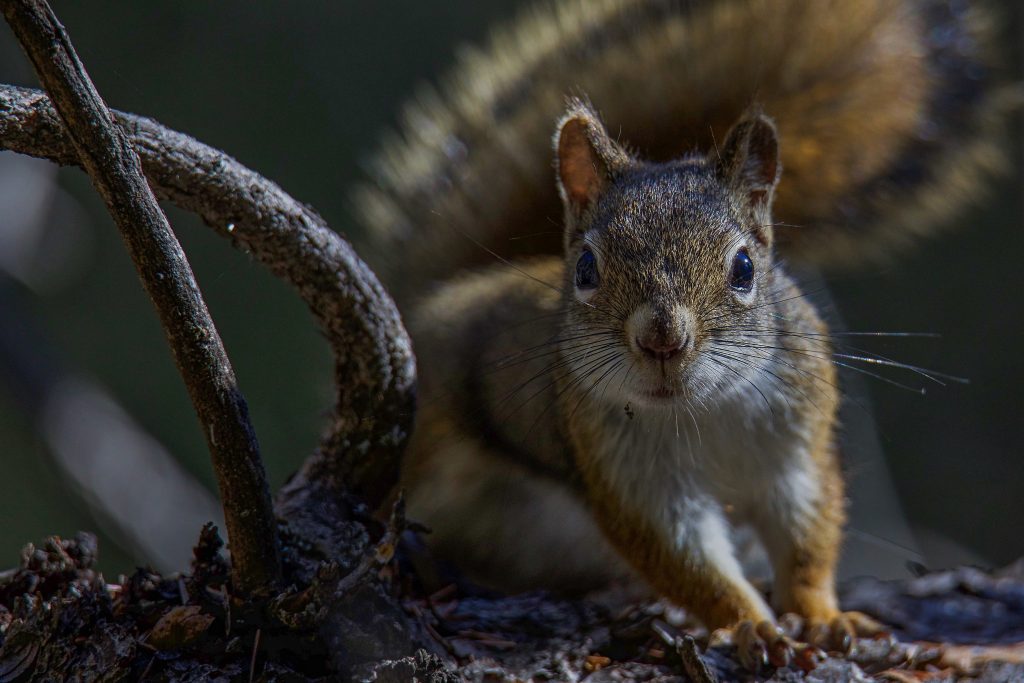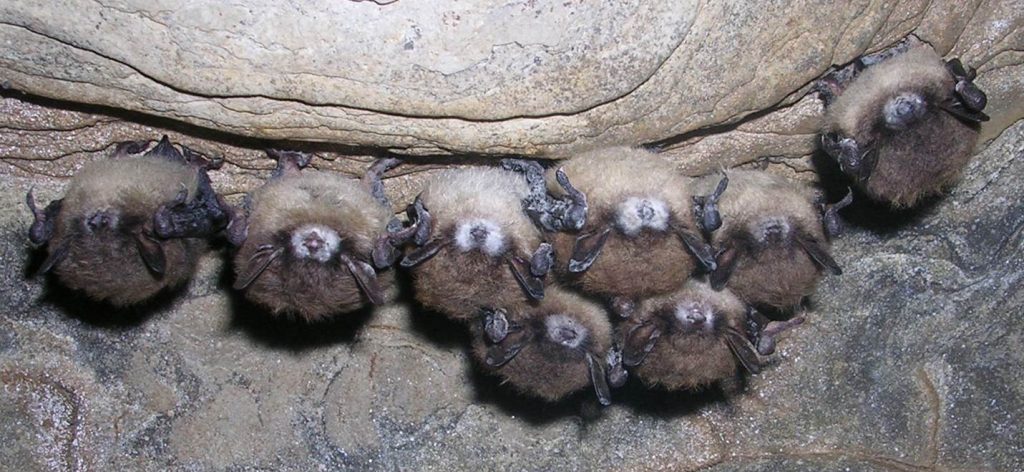Mammals
A Nod to the Long-tailed Weasel
BY MYRNA PEARMAN
Myrna Pearman captures a delightful chronicle of a long-tailed weasel’s transformation from winter white to blazing summer brown.
Read MoreBadgers With Benefits
BY NIKKI HEIM
Not all heroes wear capes. The humble badger quietly fights the battle to preserve one of the world’s most endangered ecosystems: prairie grasslands. Read Badgers with Benefits
Read MoreThe Ancient Ritual: Wolves and Bison in Wood Buffalo National Park
BY LU CARBYN
Join Lu Carbyn for a stirring first-hand account of the dramatic—and unique—predator-prey dynamic between wolves and bison in Wood Buffalo National Park.
Read The Ancient Ritual
Wolverines: The Latest Victim of Unsound Policy
Battling Lethal Bacteria in Wild Bighorn Sheep
BY MARK BOYCE
Bighorn sheep face conservation challenges when it comes to the spread of disease.
Read MoreThe Black Bear
BY NICK CARTER
“Question: What kind of bear is best?” Jim and Dwight from The Office have their opinions, but you can make up your own mind with the rundown on Alberta’s black bears in the Spring issue of Nature Alberta Magazine!
Read MoreCoexisting With Coyotes
What ten years’ worth of close encounters with urban coyotes tell us about coexisting with these wily canines.
Read MoreFade to Black: Melanism in Mammals
BY RICHARD SCHNEIDER
Black colouration, referred to as melanism, occurs in almost all mammals. This is no surprise when it comes to black bears and skunks. But there are also reports of black Richardson’s ground squirrels, red foxes, white-tailed deer, bobcats, and even snowshoe hares. And of course, wolves. The processes underlying these variations in colouration are quite interesting.
Read MoreFive Things I Learned from Squirrels
BY DR. JESSICA HAINES
I spent several years working on red squirrels with the Kluane Red Squirrel Project based in the Yukon. Living and working in such a beautiful, remote place was thrilling, but what surprised me was how much I fell in love with red squirrels. They taught me a lot, and I would like to share with you some of the things I’ve learned.
Deadly Fungus Adds to Bat Conservation Concerns
BY CORY OLSON
While bats have a remarkable ability to manage energy reserves, only a few can withstand the devastating impacts of white-nose syndrome (WNS), a disease caused by a fungus, Pseudogymnoascus destructans, that grows on bats during hibernation, which will lead to more frequent arousals during the winter, depletion of energy stores, and eventual starvation.
Read More
